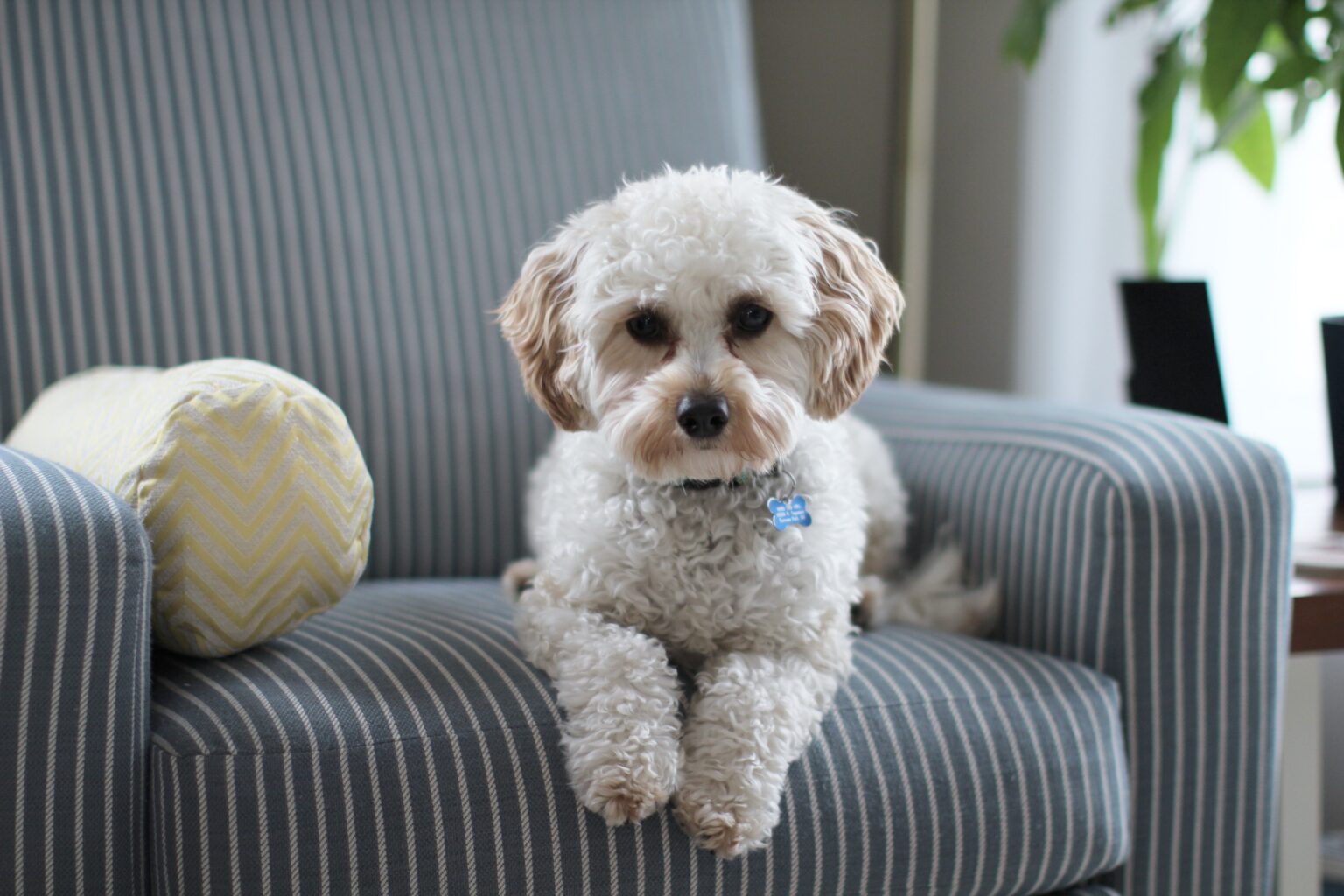Introduction
Having pets enriches our lives in so many ways. But sharing your home with furry friends also comes with unique challenges. From pet-proofing hazards to managing hair and odor, it takes effort to create a safe, clean space you both can enjoy.
In this comprehensive guide, you’ll discover pet-friendly home hacks to transform your space into a haven for your pets. Learn how simple changes to your layout, furniture, decor, and cleaning routine can make your home more comfortable for both pets and owners.
With tips on smart storage, durable fabrics, grooming best practices, and more, you’ll find plenty of practical solutions. By the end, you’ll have the key knowledge to design a stylish, functional home that meets your pets’ needs and matches your lifestyle.
Let’s dive in to these invaluable home hacks for pet owners! The sections covered include:
Pet-Proofing Your Home
The first step in creating a pet-friendly home is pet-proofing. You need to look at your home from your pet’s perspective to identify potential hazards. Walk around on your hands and knees to get a sense of their view and access. Here are some key areas to focus on:
Entryways
- Install a pet gate near exterior doors to prevent door dashing and escape. Opt for hardware-mounted gates rather than pressure-mounted for safety.
- Place door mats inside and outside to help wipe muddy paws. Choose ones that are machine washable.
- Consider installing a bench or hooks near the entry to easily store leashes, collars, and jackets.
Windows and Balconies
- Use cord cleats or wraps to secure dangling window treatment cords out of reach. Ingesting these can be deadly.
- Make sure window screens are securely installed if you plan to open windows for ventilation.
- Cover sharp edges on window sills with corner cushions to prevent injuries.
- Install height extenders on balcony railings if there are gaps wide enough for pets to slip through.
Electrical Hazards
- Tuck electrical cords behind furniture or secure them to baseboards. Cats and ferrets, especially, like to chew wires.
- Use cord covers or cable protectors to conceal loose cables. Look for flexible options.
- Install child-proof outlet covers to prevent electrical shocks or burns.
- Unplug small appliances like irons when not in use to prevent accidental scalding.
Household Toxins
- Store household cleaners, chemicals, and medications up high or in locked cabinets. Use child locks if needed.
- Keep cosmetics, beauty products, and grooming supplies out of reach in bathroom drawers or vanity cabinets.
- Place trash cans inside closets or use ones with lids to limit access to dangerous items.
- Opt for pet-safe cleaning products whenever possible or use natural alternatives like vinegar and baking soda.
General Safety
- Secure loose wires from electronics and avoid leaving charger cords plugged in unattended.
- Place fragile decor up high to prevent wagging tails from knocking items down.
- Inspect carpets and rugs for loose edges that could cause tripping and falls.
- Remove poisonous houseplants and cut flowers. Opt for pet-safe greenery instead.
- Place foam tubing on sharp furniture corners to prevent injuries.
Creating a Pet-Friendly Layout
The layout and flow of your home can be optimized for pets just like for humans. Here are some layout tweaks to consider:
- Designate a mudroom space near the entryway to store leashes, food bowls, and other pet gear. Install hooks, benches, and cubbies to stay organized.
- Add a pet feeding station in the kitchen, laundry room, or mudroom. Set up an elevated bowl stand, wall-mounted bowls, or built-in cabinetry to contain the mess.
- Create an indoor potty space if you have small dogs that need to relieve themselves. Install pee pads, artificial grass, or even a litter box.
- Include a grooming corner with a small table, hooks, and storage for brushes, towels, shampoo, nail clippers, etc. A utility sink is ideal for bathing.
- Add pet beds in high-traffic areas like the living room, bedroom, and office so they have a cozy spot to curl up near family.
- Set up food puzzles, toys, and scratching posts to give pets designated outlets for play and exercise. Rotate frequently to prevent boredom.
- Install baby gates to section off access to spaces like kitchens, laundry rooms, and home offices when unattended.
- Design a crate area for training, containment, and naps. Place it in a quiet area like a bedroom and cover it with a blanket for a den-like feel.
Choosing Pet-Friendly Furniture
Your furniture takes a beating with pets, so choose pieces wisely. Here are some pet-friendly furniture options:
- Scratch-resistant fabrics: Microfiber, polyester, olefin, and synthetic leather withstand claws better than delicate fabrics.
- Easily cleanable textures: Leather, pleather, and slipcovered upholstery can be easily wiped down. Avoid silk, chenille, velvet, and other high-maintenance fabrics.
- Durable frames: Solid wood, metal, or wicker holds up to jumping and nudging better than particleboard.
- Washable slipcovers: Fitted, removable covers protect furniture and launder easily after accidents or excessive shedding.
- Water-resistant fabrics: Performance fabrics with hydrophobic coatings repel moisture, hair, and dirt. Great for pet beds!
- Outdoor and patio furniture: Weather-resistant materials like aluminum, resin wicker, Sunbrella fabric, and high-density polyethylene (HDPE) plastic are ideal for pets.
- Raised profiles: Look for sofas and chairs with exposed feet or risers to prevent pets from hiding underneath.
- Ottomans and benches: These provide cozy, contained spots for pets to lounge rather than your whole couch or bed.
- Orthopedic beds: Supportive foam beds with removable covers prevent pressure sores for aging, arthritic pets.
- Crate pads and mats: Plush, chew-resistant beds keep crates comfy. Waterproof bottoms help contain accidents.
Pet-Friendly Decorating
You can embrace your pets in your interior design in fun, stylish ways:
- Incorporate pet motifs into artwork, pillows, mirrors, vases, and other accessories.
- Choose pet-themed wallpapers or removable wall decals to add whimsical style.
- Display custom portraits of your pets captured by a pet photographer.
- Fill baskets or bowls with pet toys to use as decor when not in use.
- Use your pet’s name or paw print to personalize door mats, pillows, and other DIY projects.
- Select ceramic, metal, or glass decor items which are more durable and shatterproof.
- Add whimsy with items like faux fire hydrants, dog bone pillows, or catnip-stuffed mice.
- Show off pet trophies, ribbons, bandanas, and leashes on floating shelves or picture ledges.
- Incorporate waste bags, poop bag holders, and food storage into stylish caddies and canisters.
- Use subtle hues like chocolate browns and tans that conceal pet hair and stains.
Maintaining a Pet-Friendly Home
While pet-proofing and pet-friendly furnishings help, you’ll also need to stay diligent with cleaning and maintenance:
- Vacuum frequently with a pet hair attachment to remove fur from carpets, furniture, and drapes before it accumulates.
- Groom regularly to control shedding. Bathe and brush pets outdoors to contain the mess.
- Clean accidents immediately using enzymatic cleaners to remove stains and odors.
- Wash bedding weekly to eliminate odors, dirt, and hair.
- Use lint rollers to quickly remove pet hair from furniture and clothing between vacuuming.
- Replace HVAC filters monthly to remove pet dander and hair.
- Clean flooring like hardwood, tile, and vinyl weekly. Use sweepers on carpet.
- Use mats and runners to limit dirt and moisture from paws. Shake them out frequently.
- Wipe paws before coming inside to prevent tracking in outdoor debris.
- Keep pets well-groomed to minimize shedding and dirt. Trim nails and clean ears regularly.
- Use air purifiers to trap pet dander. HEPA filtration works best.
Staying on top of these cleaning tasks will keep your home fresh, tidy, and comfortable for both you and your furry friends!
Key Takeaways: Creating a Pet-Friendly Home
Here are the core tips to remember:
- Pet-proof entryways, windows, electrical outlets, and household toxins.
- Designate spaces for pet feeding, grooming, containment, and play.
- Choose durable, washable furniture and pet-themed decor.
- Vacuum frequently with a pet hair tool and clean accidents immediately.
- Groom pets regularly to control shedding and dirt.
- Use pet-friendly cleaning products and air purifiers.
With some planning and pet-conscious changes, you can create a safe, stylish home that both you and your pets will enjoy!
Frequently Asked Questions About Pet-Friendly Homes
What are the best pet-friendly flooring options?
Tile, vinyl, and finished concrete stand up best to pets. Low-pile carpets are also good choices if vacuumed frequently. Avoid plush carpets and rugs.
How can I limit pet hair on furniture?
Use furniture covers, wash them regularly, and vacuum often. You can also apply a silicone treatment to fabric to make hair not adhere as much.
What are the most durable fabrics for pets?
Look for performance fabrics like polyester, olefin, and microfiber. Leather and synthetic leather also withstand pet wear well. Avoid delicate fabrics like silk.
How do I make my yard safe for pets?
Fence it securely, remove poisonous plants and fertilizers, install lighting, provide shade, and check for gaps where pets could escape. Keep dogs leashed when outside.
What are the best pet odor eliminators?
Enzymatic cleaners work best to fully remove stains and odors rather than just masking them. Baking soda and vinegar can also help deodorize.
How can I keep my pets off certain furniture?
Use pet beds in designated spots, keep food/toys on the floor, block access with baby gates, use Scat Mats, and train “off” commands.
What are the most dangerous household items for pets?
Chocolate, grapes/raisins, xylitol, alcohol, yeast dough, coffee grounds, moldy foods, macadamia nuts, onions/garlic, and sweeteners.
How do I stop my pet from chewing on wires?
Hide wires, use cord covers, provide chew toys, spray deterrents like bitter apple, and train “leave it.” Supervise pets until the habit is broken.
What are the best pet-friendly houseplants?
Some good options are spider plants, pothos, bamboo, Boston ferns, ponytail palms, orchids, and air plants. Avoid lilies, azaleas, oleander, and other toxic varieties.
How can I reduce shedding with my pets?
Brush frequently, bathe regularly, feed a high-quality diet, use deshedding tools, and ask your vet about supplements. Some shedding is inevitable with furry pets.
Final Thoughts
Welcoming pets into your home requires both pet-friendly design changes and vigilant maintenance. But the extra effort is well worth it for the joy and companionship pets provide. Focus first on identifying and removing hazards in your space. Then incorporate designated areas, durable furnishings, and decorative accents with your pets in mind. Maintain cleanliness through frequent vacuuming, grooming, and cleaning. With the right home hacks, you can create a safe, stylish space you both will love.


